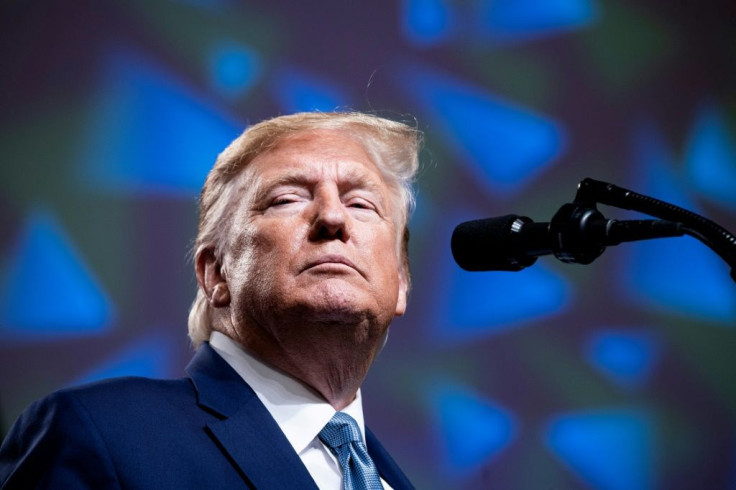US Business Investment Down 3% In Q3, Trade War To Blame

A serious dip in business investment in the third quarter of the U.S. economy has been reported. According to new data released Wednesday, there was a 3 percent dip compared to a meager one percent decline expressed in the second quarter.
The depressed business investment comes in the backdrop of the lingering economic uncertainty induced by the trade war with China.
The decline is in sharp contrast to a surge in business investment by 4.4 percent in the first quarter and 4.8 percent in the fourth quarter of 2018.
The new data seems to imply that President Donald Trump’s tax cuts did not stimulate the business and economy plus trade war with China expanded uncertainty and hit business and investment decisions.
The depressed business investment drew the reaction of Jerome Powell, Chairman of the Federal Reserve. He blamed the fall of business investment on “sluggish growth abroad and trade developments.”
The Fed Chairman made the comments as he announced a quarter-point cut in U.S interest rates.
According to Morgan Stanley analysts, the softening of the capital expenditure reflects “the slow global growth environment and ongoing trade policy uncertainty.”
For Trump, the disturbing numbers will amount to handing over a new tool to opponents to attack his policies during the ongoing 2020 poll campaign.
An economic advisor to Presidential aspirant Elizabeth Warren reacted: “To boost business investment and the economy, put money in people’s pockets to spend. That’s what the @ewarren economic agenda is all about.”
Trump Tax cuts failed to boost investment
The dip in business investment contradicts Trump’s claim that the $1.5 trillion tax bill he signed in December 2017 will charge up the economy. The tax cuts made consistent Trump news as it envisaged a new boost to business investment and fillip to hiring and wages.
Although turbo tax demand soared from tax cuts the broad details of the fall in Q3 business investment show that there was a 15.3 percent drop in structures investment in terms of new properties and building new mining wells.
Equipment investment suffered by 3.8 percent, per Morgan Stanley analysts. There was a fall in aircraft investment by 80 percent, most likely from the effects of the Boeing 737 Max plane crisis.
However, a survey by ADP and Moody’s Analytics was a bit positive. It found American companies having hired 25,000 more personnel in October and exceeded expectations of economists polled by Dow Jones.
However, the growth of the U.S GDP in Q3 surpassed expectations, despite the dip in business investment. The Commerce Department said the GDP grew 1.9 percent in the third quarter against expectations of 1.6 percent boosted by strong consumer spending. The first-quarter GDP growth was 2 percent.
Rate cut to salvage the slowing economy
Meanwhile, the U.S. Fed cut interest rates for the third time in 2019 as the economy continued to show signs of slowing amidst trade disputes and weakening of global growth.
Under the slashed rates, the federal funds rate that governs mortgages, credit cards, and other borrowings will stay between 1.5 and 1.75 percent.
Fed Chairman Jerome Powell said at a press conference Wednesday that the Fed would hold rates steady for the foreseeable future as it views the current level “appropriate.”
© Copyright IBTimes 2025. All rights reserved.





















